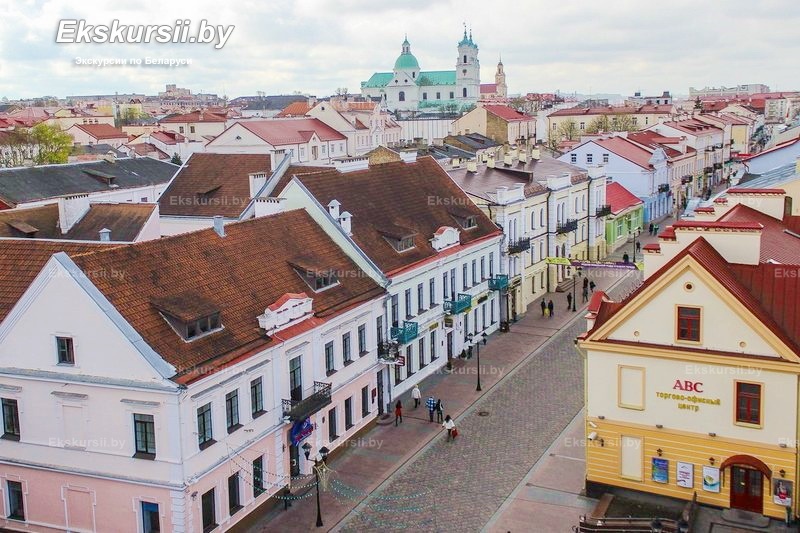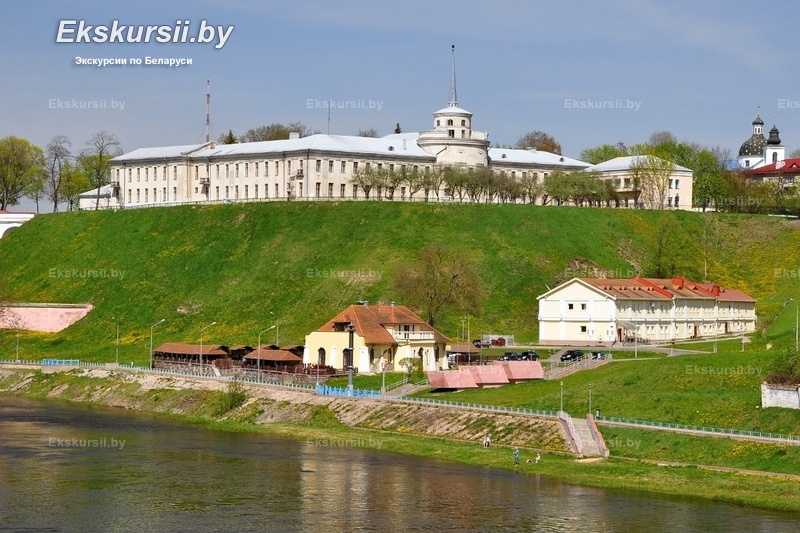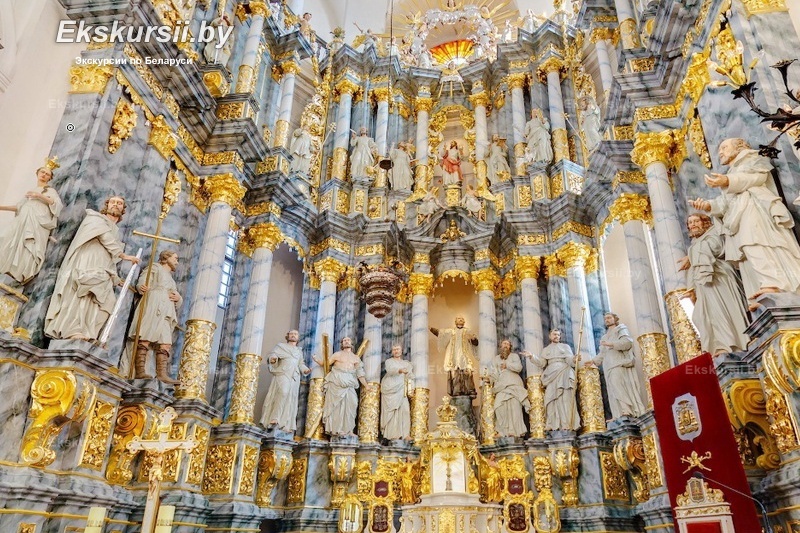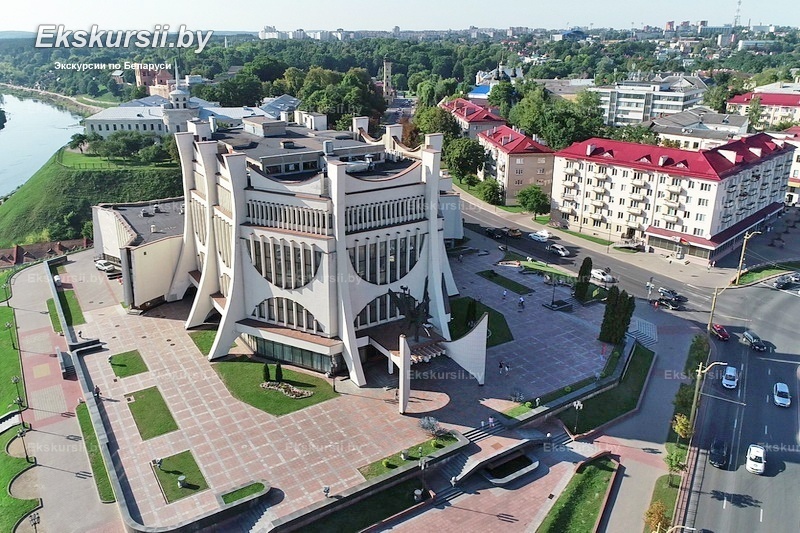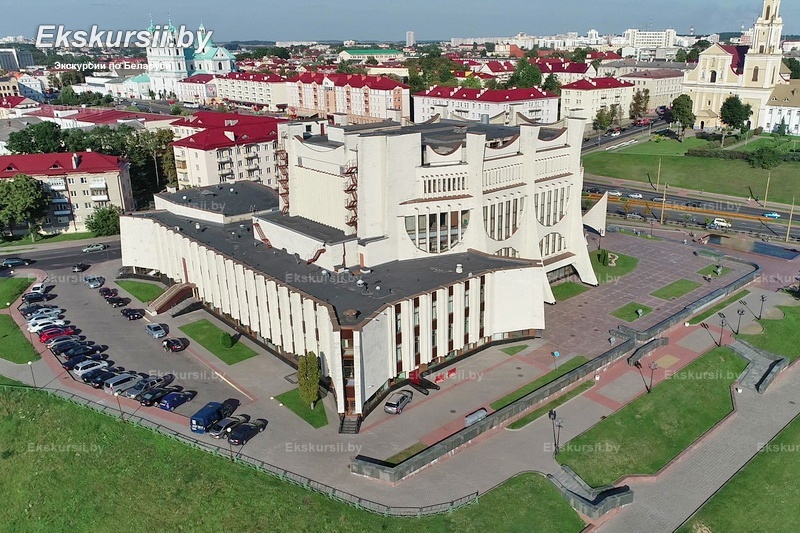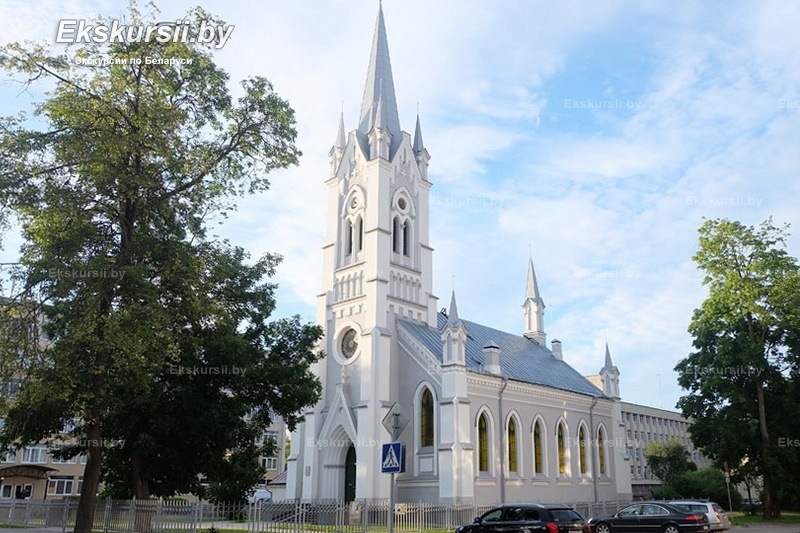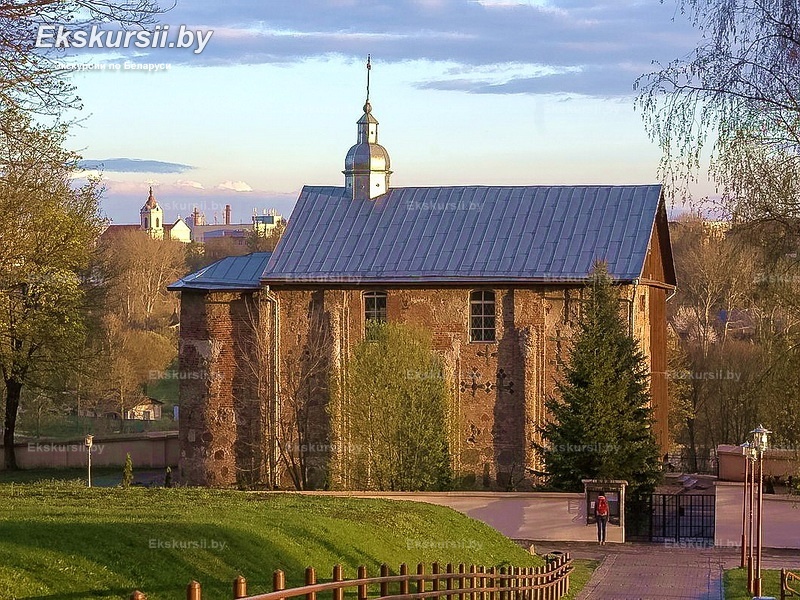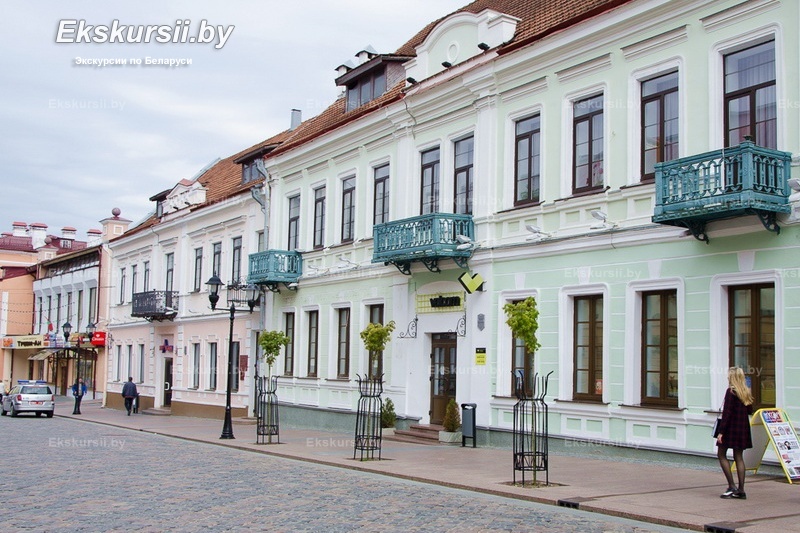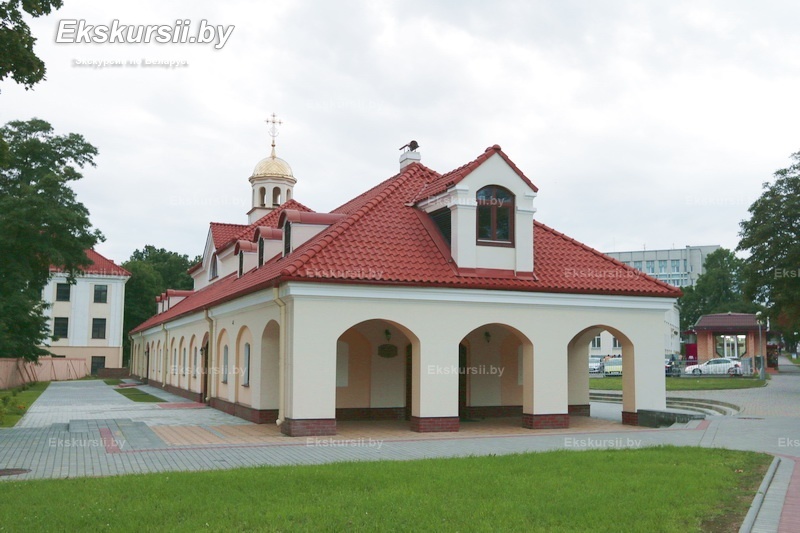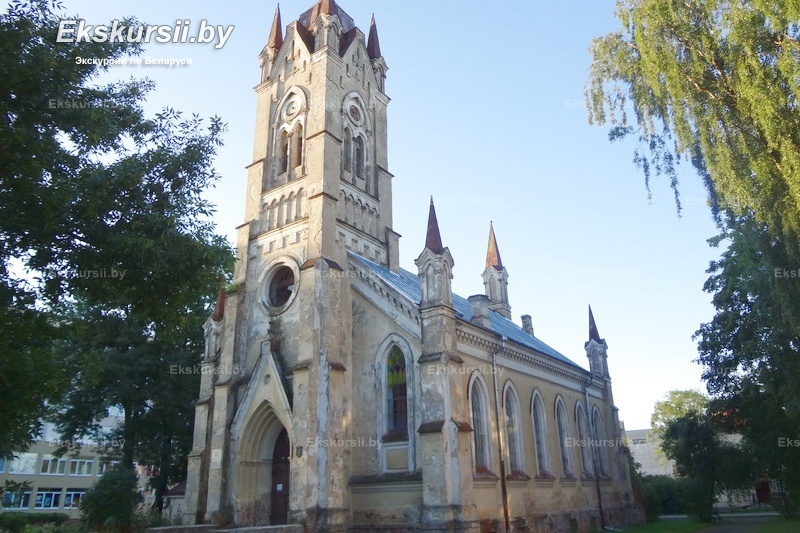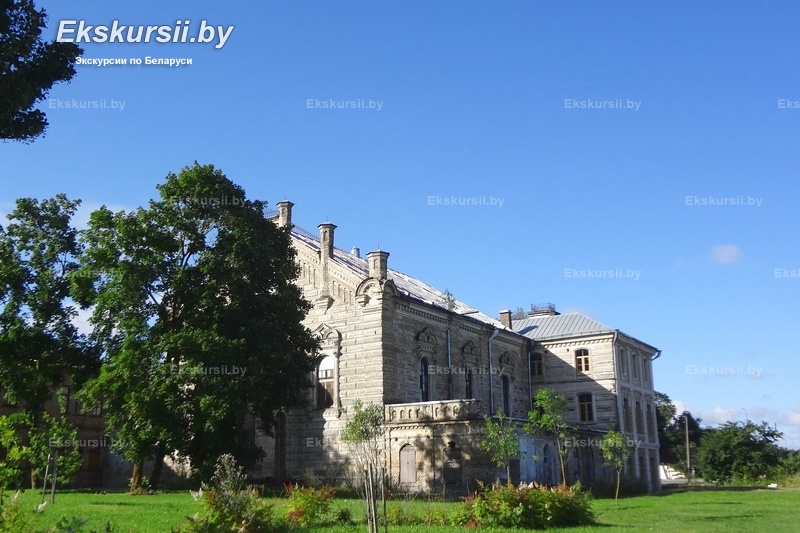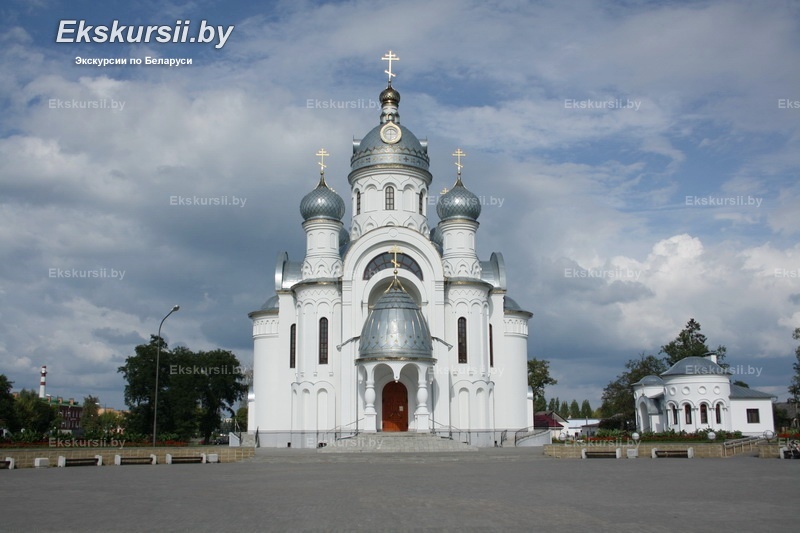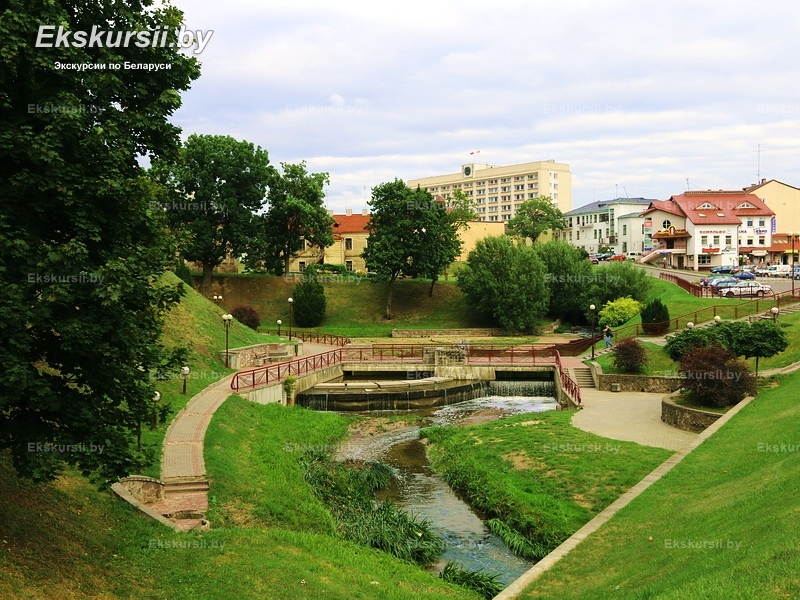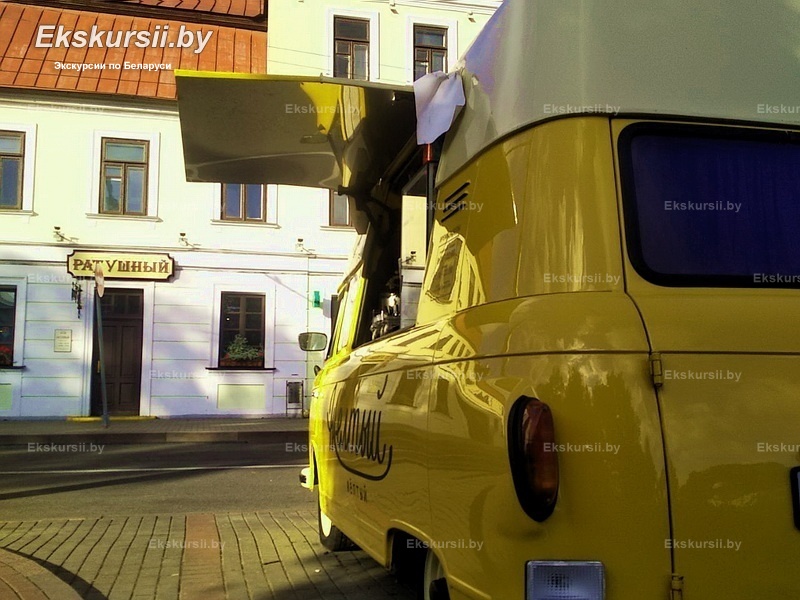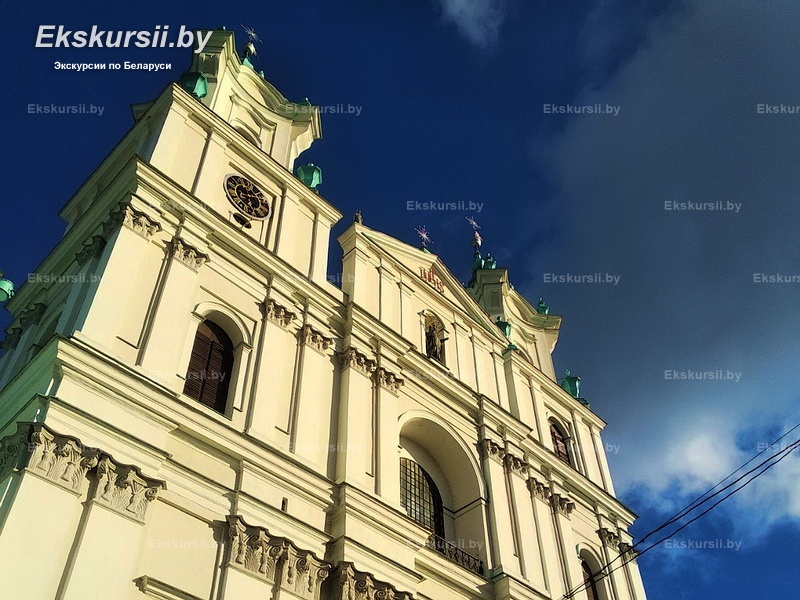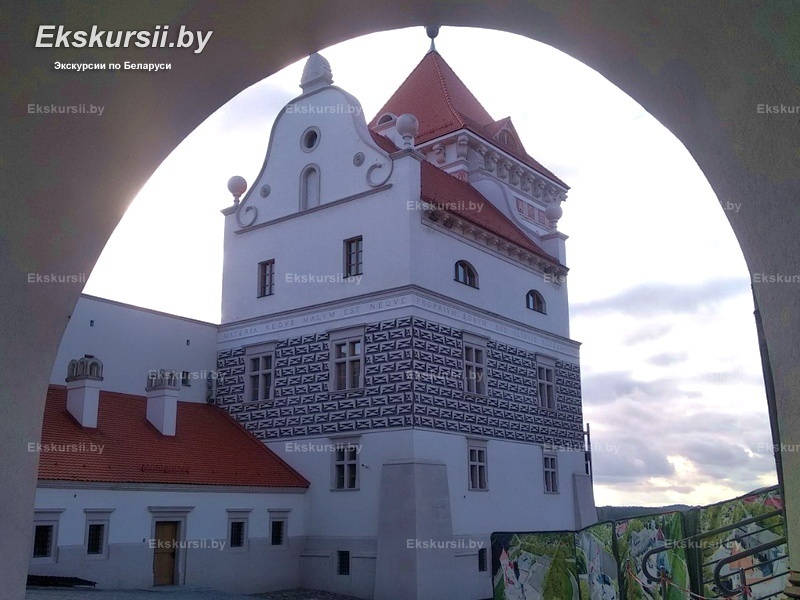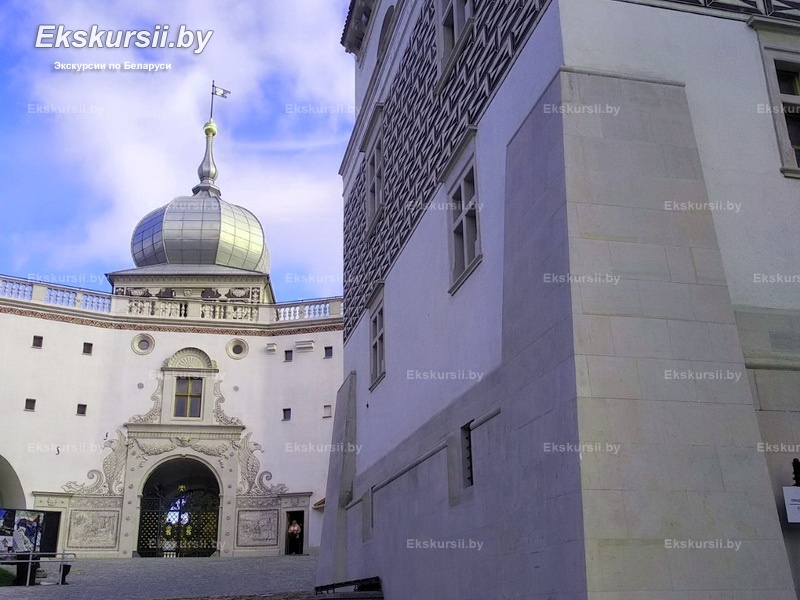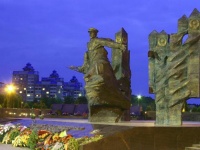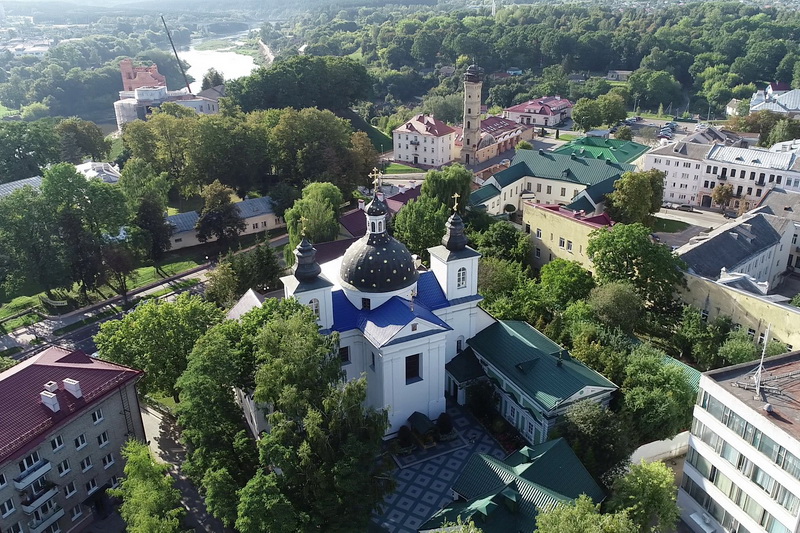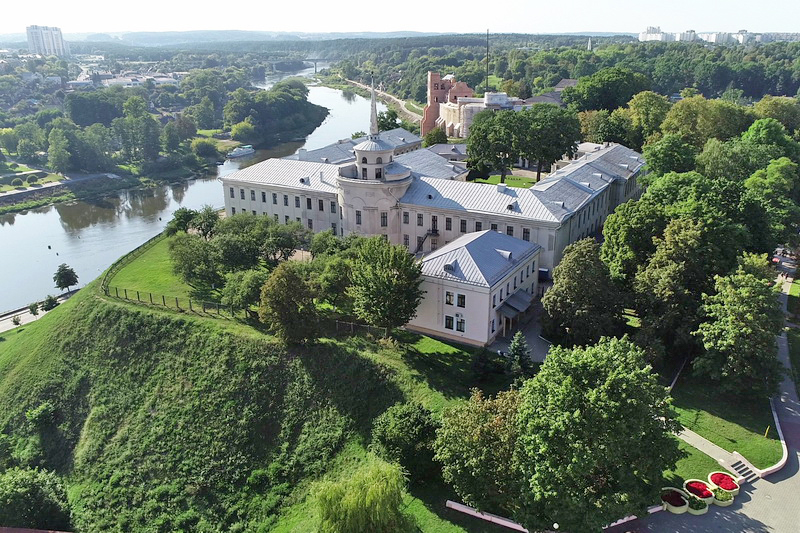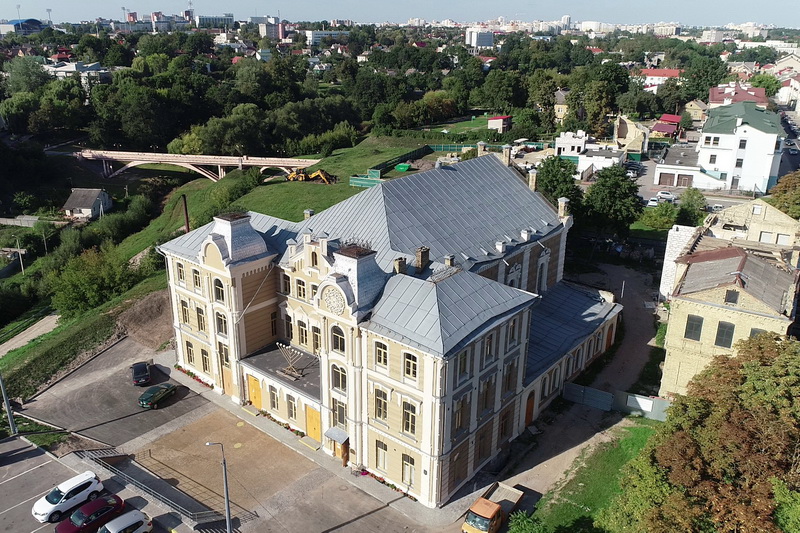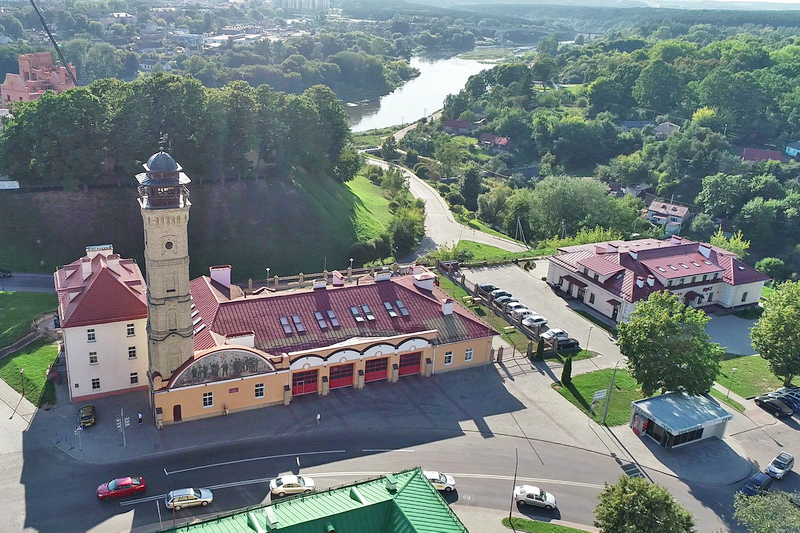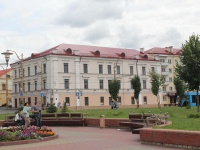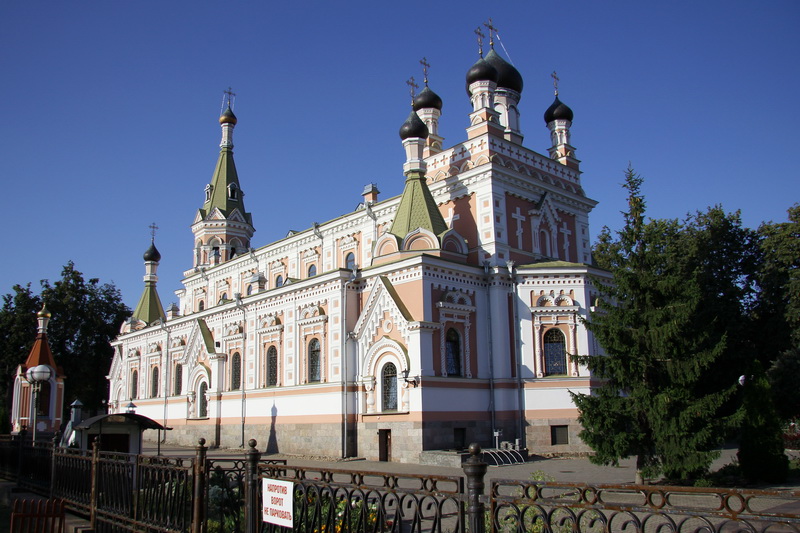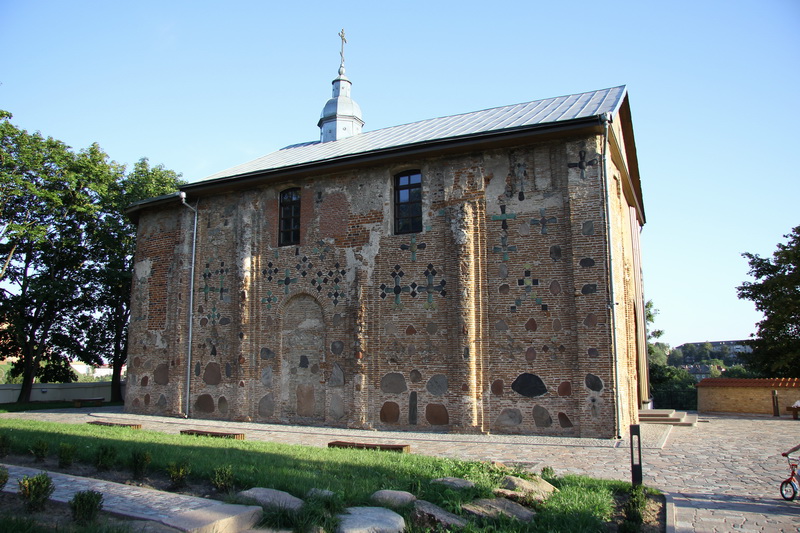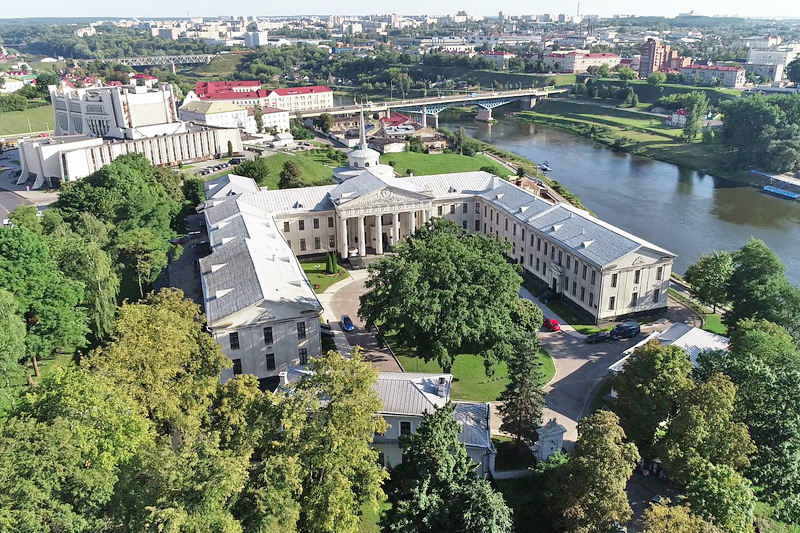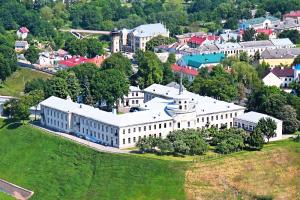History of the development
Grodno - one of the oldest cities in Belarus, which was foun on the high bank of the Neman, where small river Gorodnichanka flow in it, and probably received its first name - Goroden. It was first time mentioned in the Ipatiev Chronicle in 1128. The city with a small fortress and fortifications located at the crossroads of trade routes and caused great interest among the Crusaders, Tartars, who tried to conque it.
Since XIII century Grodno was a part of the Grand Duchy of Lithuania. During this period the prince of Grodno castle David Gorodensky was famous, he courageously protect from the attacks of the Crusaders. After his death Grodno was rulled by Duke Vytautas, who developed economy. Grodno got full Magdeburg Law in 1496 and later its own emblem - the image of the deer with a golden cross between its horns. The emblem indicates a high level of economic and cultural development of the city.
During the Polish–Lithuanian Commonwealth in XVI century King of Poland and Grand Duke of Lithuania Stefan Batory rebuilt Grodno Castle in his residence. Since 1678 every third General Sejm was held in Grodno, Grodno Castle was built for this purposes. In 1793 the Sejm approved the second partition of Polish–Lithuanian Commonwealth.
During the Great Northern War, Grodno was destroyed and looted by Swedish troops, but rose again thanks to an enterprising mayor Antoni Tyzenhaus. He founded in Grodno and the surrounding area several factories - linen, hosiery, tobacco, weapons, and others. His suburbs Gorodnica – prototypes of an «ideal» city, an outstanding example of a large-scale construction in the history of architecture.
At the end of the XIX century Grodno as well as many other border towns of Belarus, and was a part of Poland and Lithuania, and then the USSR.
In the begining of Great Patriotic War Grodno was almost immediately conquered by Hitler's troops, they set up an occupation regime here. Fortunately, there was not severe destruction so that many masterpieces of architecture at that time was saved. But the situation changed by actions of the Soviet authorities after the war ended, they decided to demolish many historic buildings. Among them a unique church of the XIV century Vitov's Farah, Bernardine monastery and others.
In 1991 the modern history of Grodno as a part of the Republic of Belarus has began.
Tourism potential
Grodno is a «royal» city, is considered to be he most beautiful in Belarus. Its history goes back almost 900 years, during which there have been many significant events. Grodno impresses guests by lots of attractions, it is a city-record holder in Belarus on several position «the most».
Grodno is the only city in Belarus where there are 2 castles. Old Castle in Grodno, which wsa built in XIV by Duke Vytautas on the bank of river Neman, was lately rebuilt in the renescans style for Residence of King Stefan Batory. New Castle, located opposite the Old castle, was the summer residence of Polish kings, General Sejm took place here. Both castle are available to the public now.
Grodno - the only city in Belarus, where historical part of the city is a holistic architectural ensemble. About 400 historic buildings of different eras and styles are located there. Administrative buildings and former palaces built Grodno elder Antoni Tyzenhaus play an important role, among them - Palace of the vice-administrator, the building of the Grodno Medical School, lyamus, the house of the forest administration, theater and others. The pedestrian street Sovetskaya makes the city more charmful. It's associated with such well-known names in the history and art of Belarus - a revolutionary Konstantin Kalinowski, poet Eliza Orzeszkowa, artist Leon Bakst. Today, on the street you can hear buskers, buy local crafts.
It's not possible to imagine Grodno without its amazing temples - Catholic, Orthodox, Jewish and even Lutheran. Kolozhskaya (Borisoglebskaya ) Church - one of the main pride of Grodno. It's unique for its walls, decorated with colored inserts and imbedded pitchers, which create inside the temple of XII century incredible acoustics. The church claims for the list of cultural heritage of UNESCO.
From any point in the city you can see Francis Xavier Church, an outstanding masterpiece of Baroque architecture, which is also known for wooden inner altar with figures of apostle and the holy.
The oldest operating in the post-Soviet countries Synagogue is located in Grodno, it's consedered to be the most beautiful in Europe. An active prayer hall is located in Grodno Choral synagogue today
The only operating in Belarus Lutheran church was built by elder Antoni Tyzenhaus for invited German craftsmen. It is open not only to pray, but also for those who wants to attend a concert of organ music.
In Grodno travelers can see the oldest theater in Belarus, thefirst pharmacy, which is included in one ensemble with Farny Church and Jesuit monastery, the first zoo in the country, as well as the oldest operating watches in Europe with a unique pendulum mechanism of XII-XIV centures. Grodno will surprise travellers by unusual museums, such as Museum of Religion History, Museum of deformities of the human body of Grodno Medical University, Museum of the prison and others.
One more reason to visit Grodno - the proximity of the unique hydrotechnical construction August channel . It was the first artificial waterway in Europe, which connected directly two big rivers – Vistula and Neman. Boat trip with overcrossing the lock is worth considering.
Grodno - a modern and dynamic European city, which is a platform forlots of international festivals, among which famous - International Festival of Slavic Martial Arts and International Organ Festival.
